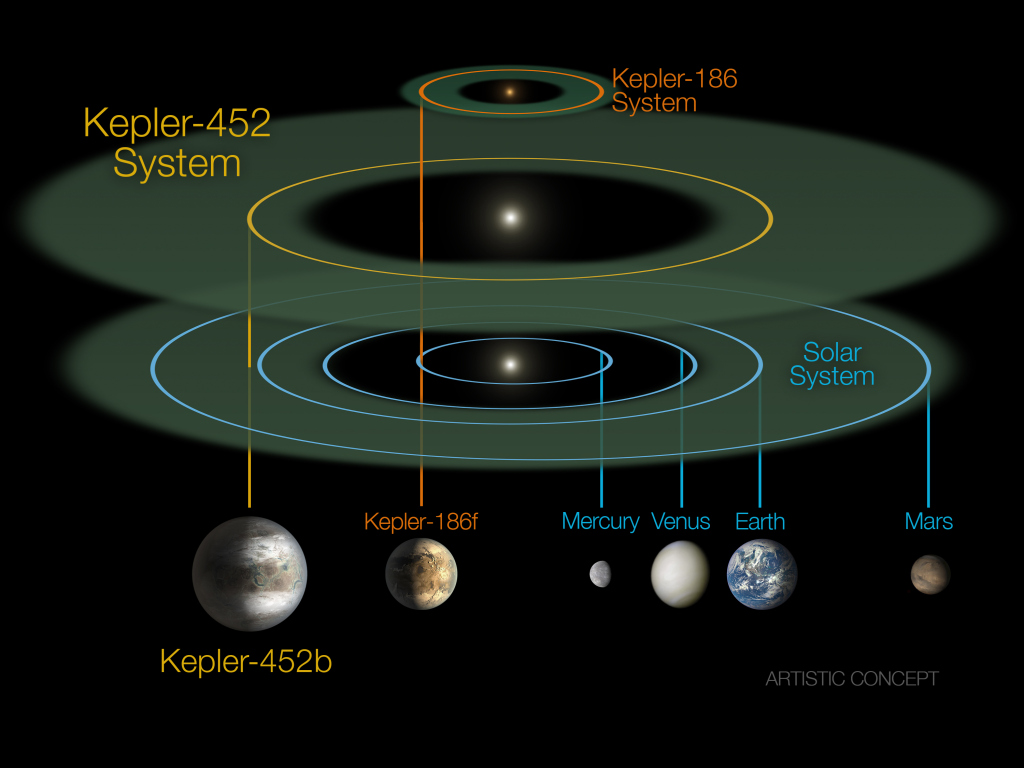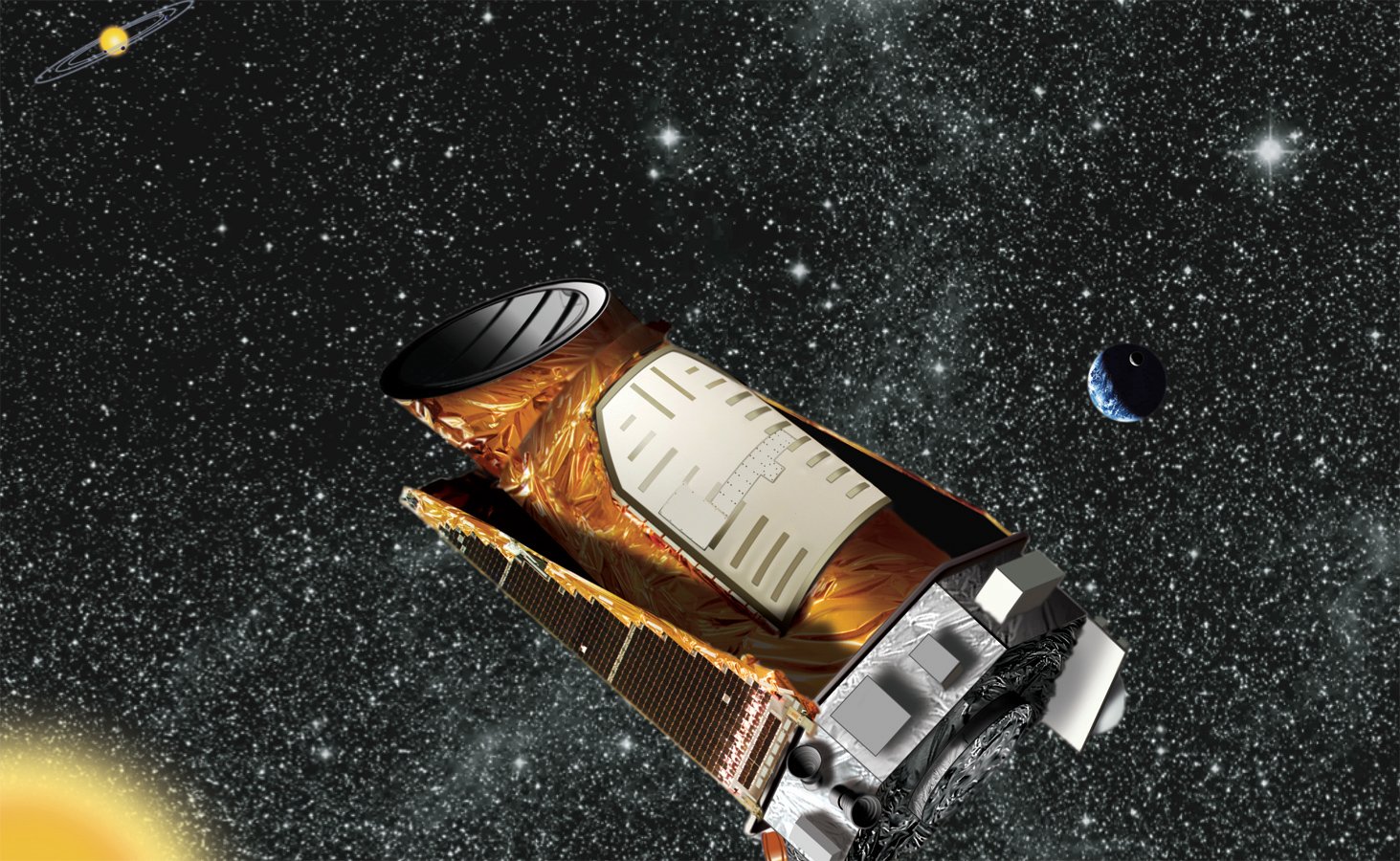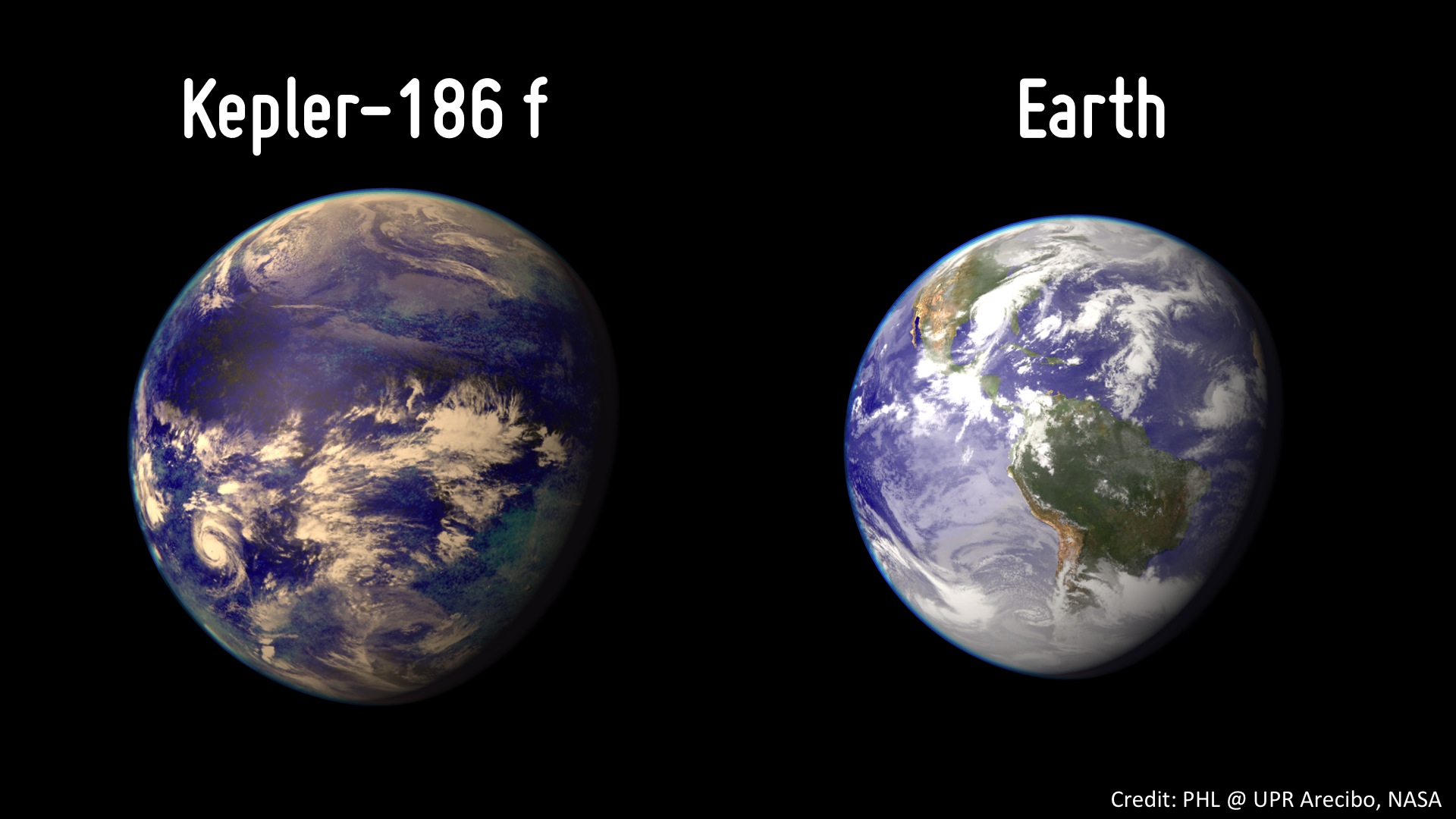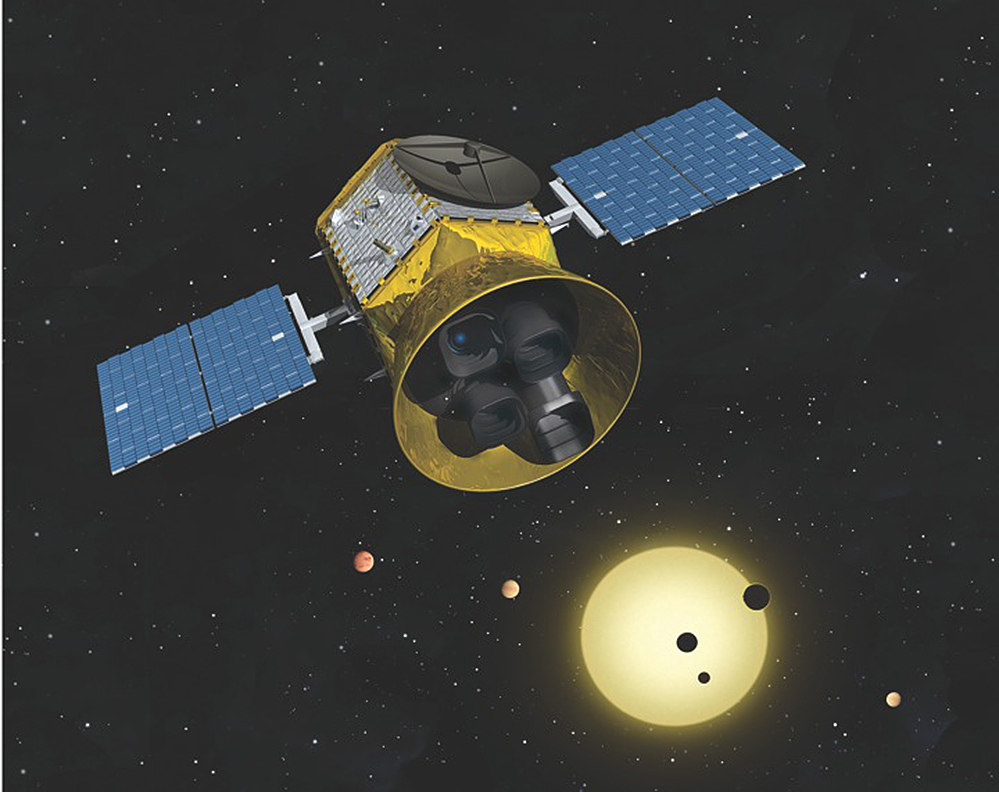NASA Found Earth's Cousin Which May Be The First Habitable Planet Outside Solar System
Earth 2.0.
After NASA's New Horizons spacecraft returned with images of Pluto last week, the US government agency has made yet another remarkable discovery
The image was posted on NASA's Instagram page last Wednesday, 14 July.
NASA announced on Twitter it had found a planet that shares similar characteristics to Earth, calling it Earth's older cousin
"Today, Earth is a little less lonely," Kepler researcher Jon Jenkins said.
cnn.comDubbed "Kepler-425b", the planet shares a similar size to Earth and is in the zone of the star it orbits that would allow it to have water on its surface. However, NASA still can't confirm if it has both water and air.
Kepler-452b orbits a star similar to our sun, and at about the same distances as Earth orbits the sun, meaning it has a similar length year and exists in the “habitable zone” where liquid water can exist on a planet.
NASA can't say for sure whether the planet is rocky like ours or has water and air, it's the closest match yet found.
cnn.comKepler-452b orbits around a parent star which belongs to the same class as the Sun, making it bigger and brighter. The planet takes 385 days to complete around a star, so its orbital period is 20 days more than the Earth's.
The exact nature of the planet is not known specifically, but Nasa's modelling suggesters it is a rocky planet, about five times as massive as Earth, orbiting its star once every 385 days.
The planet was discovered as part of Kepler mission, which aims to look for sustainable and habitable planets in the Milky Way. Kepler has found over 4,000 planets in a period of six years.
Before the discovery of Kepler-425b, one called Kepler-186f was considered as having the most Earth-like attributes
The planet Kepler-186f held the “most similar” distinction (they get the common moniker, “Kepler,” because they were discovered with the Kepler space telescope). About 500 light-years from Earth, Kepler-186f is no more than 10 percent larger than Earth, and sails through its star’s habitable zone, making its surface potentially watery.




